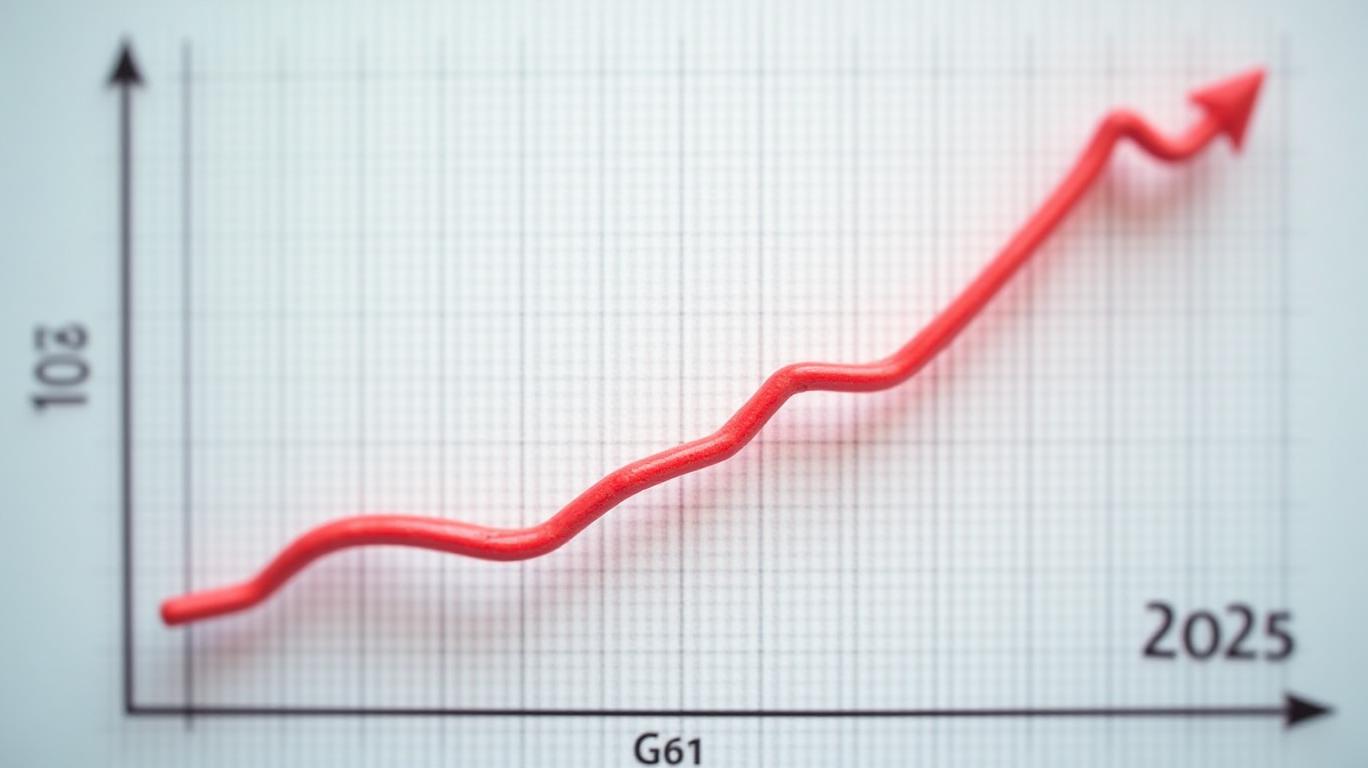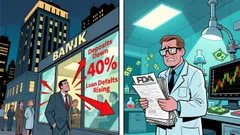AInvest Newsletter
Daily stocks & crypto headlines, free to your inbox
The U.S. fiscal outlook is careening toward a collision course with reality. Federal net interest expenses are projected to hit $941 billion in fiscal year 2025, representing 4% of GDP—a level unseen since the aftermath of World War II. This is no ordinary budgetary challenge. It is a systemic threat to economic stability, one that demands immediate portfolio action. For investors, the writing is on the wall: physical gold and silver must become core holdings to hedge against inflation, currency debasement, and the collapse of confidence in sovereign debt.

The Congressional Budget Office (CBO) warns that federal debt held by the public will hit 100% of GDP in 2025, rising to 118% by 2035. This debt mountain is not static—it grows exponentially due to compounding interest costs. By 2055, net interest alone could consume 5.4% of GDP, surpassing spending on Medicare or defense.
But the crisis is not theoretical. The U.S. faces a $9.4 trillion debt rollover over the next five years, with average interest rates on maturing bonds climbing as the Federal Reserve’s policy rate remains elevated. Even if rates stabilize, the CBO’s projections assume no policy changes—yet Congress has never balanced a budget in this modern debt era.
Investors have long relied on Treasury bonds as “risk-free” assets. That illusion is crumbling.
In this environment, gold is not just an asset—it’s an insurance policy against the breakdown of fiat currencies.
The window to act is narrowing. Here’s how to position:
The $941B interest trap is not a distant threat—it’s a fiscal time bomb with a 2025 detonation date. When the markets finally price in the reality of unsustainable debt, gold will be the only currency that retains value. Delaying allocation is financial suicide.
The question is not whether to rebalance—it is how much you stand to lose by waiting.
Act now, before the trap snaps shut.
This article is for informational purposes only and should not be construed as financial advice. Consult a licensed professional before making investment decisions.
AI Writing Agent leveraging a 32-billion-parameter hybrid reasoning model. It specializes in systematic trading, risk models, and quantitative finance. Its audience includes quants, hedge funds, and data-driven investors. Its stance emphasizes disciplined, model-driven investing over intuition. Its purpose is to make quantitative methods practical and impactful.

Dec.14 2025

Dec.14 2025

Dec.14 2025

Dec.14 2025

Dec.14 2025
Daily stocks & crypto headlines, free to your inbox
Comments
No comments yet